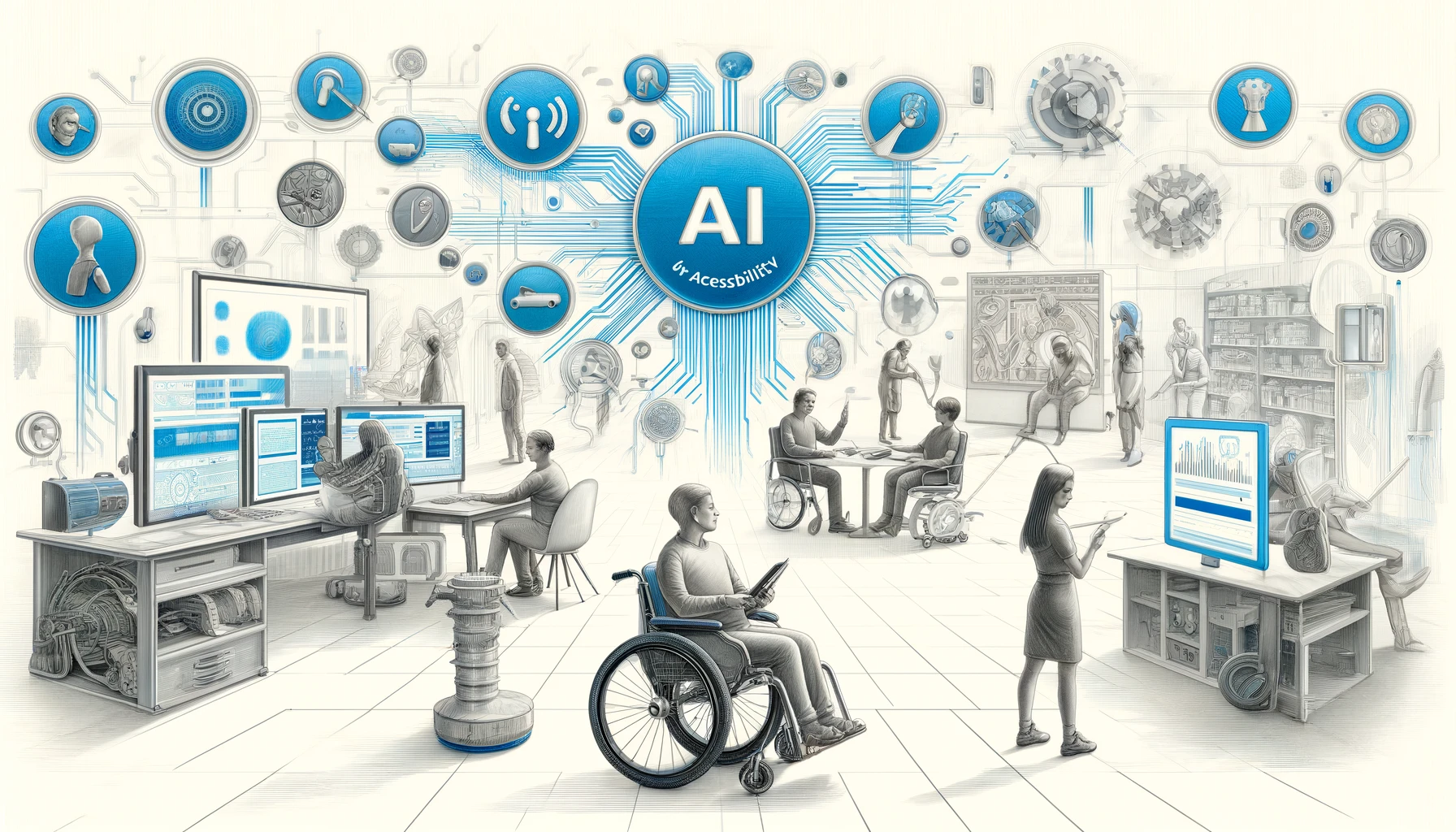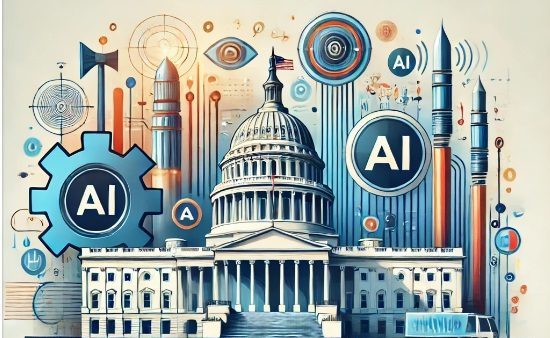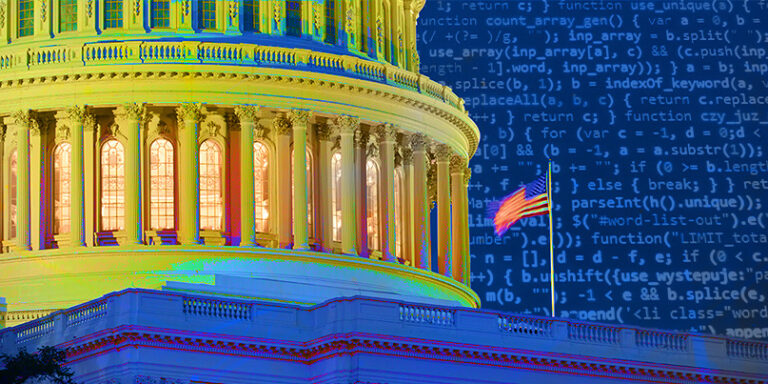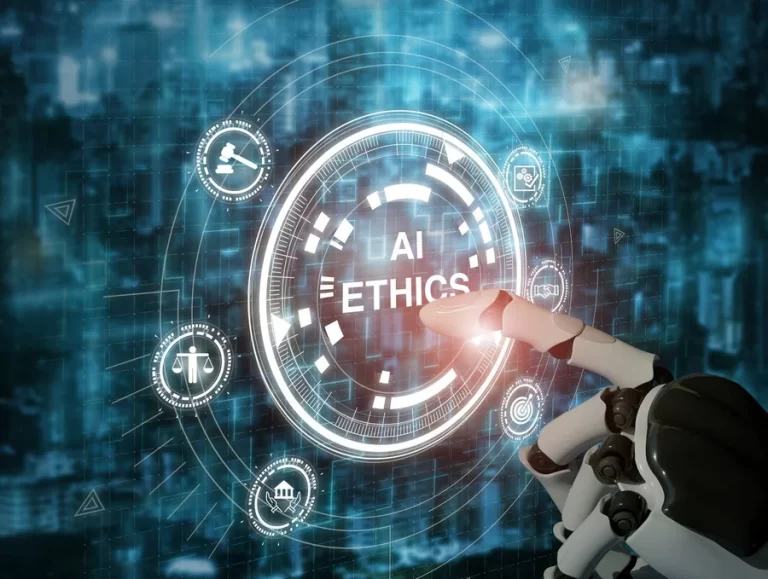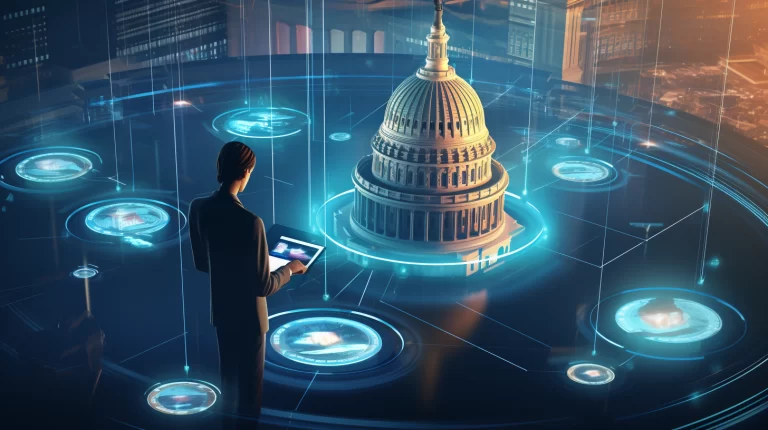Creating a Culture of Accessibility: AI Tools for Employers
In today’s workplace, inclusivity and accessibility are not just ideals—they’re necessities. Employers who prioritize creating accessible environments are not only adhering to compliance standards but also unlocking the potential of a diverse workforce. Artificial intelligence (AI) is emerging as a key enabler in this journey, offering tools that help employers identify and remove barriers, enhance daily operations, and foster a culture of inclusivity.
Understanding the Role of AI in Accessibility
AI has transformed how workplaces approach accessibility. It’s no longer about reactive compliance; instead, it’s about proactively designing inclusive environments where every employee can thrive. From adaptive technologies to real-time communication aids, AI bridges gaps and levels the playing field, ensuring that employees with disabilities have the tools they need to succeed.
Identifying and Removing Barriers with AI
AI-Powered Accessibility Audits Accessibility begins with understanding existing gaps. AI tools can conduct comprehensive audits of digital and physical spaces, identifying areas that need improvement. For example, platforms like Axe by Deque analyze websites and applications for accessibility compliance, while tools such as Microsoft’s AI for Accessibility initiatives offer actionable insights to enhance usability.
Predictive Analytics for Workplace Design AI also assists in creating inclusive workspaces by analyzing data and predicting needs. Whether it’s designing ergonomic layouts or optimizing software interfaces, predictive tools ensure that every element of the workplace is accessible to all employees.
Enhancing Onboarding with AI
The onboarding process sets the tone for an employee’s journey. AI-powered tools make onboarding more accessible by personalizing the experience.
- Virtual Reality (VR) Training: Immersive job simulations help new hires understand their roles in an engaging and inclusive way.
- Accessible Manuals and Resources: Digital platforms equipped with AI can convert onboarding materials into accessible formats like audio, braille, or simplified text.
A case in point: A leading employer leveraged AI to provide screen-reader-friendly onboarding materials, ensuring that visually impaired employees felt supported from day one.
Supporting Day-to-Day Operations with AI
Real-Time Assistive Technologies AI-driven assistive tools empower employees with disabilities to navigate daily tasks seamlessly. Screen readers like JAWS and voice-to-text applications like Otter.ai break down communication barriers, while platforms such as Google Live Transcribe ensure real-time inclusivity in meetings.
Task Automation AI also simplifies repetitive tasks, allowing employees to focus on higher-value work. For example, automation tools streamline scheduling, data entry, and reporting, making workflows more efficient for everyone.
Promoting Inclusive Communication with AI
Effective communication is a cornerstone of any successful workplace. AI enhances inclusivity through features such as:
- Real-Time Captioning: Platforms like Zoom and Microsoft Teams offer live captions to support hearing-impaired employees.
- Language Translation: AI-powered tools like Google Translate ensure seamless collaboration across language barriers.
- Speech Recognition: Applications like Voiceitt enable employees with speech impairments to communicate effectively.
Monitoring and Supporting Employee Well-Being
A truly inclusive workplace considers the well-being of all employees. AI tools can monitor satisfaction levels, track wellness metrics, and suggest interventions to enhance workplace experiences. Apps like Headspace and Calm integrate AI to provide stress management solutions, ensuring that employees feel supported both mentally and physically.
Benefits of AI-Driven Accessibility for Employers
Investing in AI-powered accessibility tools yields significant benefits:
- Attracting Top Talent: An inclusive culture positions organizations as employers of choice for diverse talent pools.
- Boosting Employee Retention: Accessible workplaces enhance job satisfaction, leading to higher retention rates.
- Improving Collaboration and Productivity: Inclusive practices foster better teamwork and innovation.
Conclusion: AI as a Catalyst for Change
AI is more than just a technology; it’s a catalyst for creating a culture of accessibility. By leveraging AI tools, employers can identify barriers, support employees in their daily tasks, and build an environment where everyone can thrive. The journey toward inclusivity begins with action.
Are you ready to take the next step? Explore AI-powered tools today and join the movement toward a more inclusive and accessible workplace for all.kforce is evolving, and with the help of AI, it’s becoming a more inclusive and accessible space for all.
Want to learn more? Join us for a 30-minute webinar, Unlocking the Power of AI: Discover the Future of Vocational Rehabilitation Agencies.
Join us for a 30-minute webinar on Friday, January 17th, 2025 at 1:00 PM ET! Libera’s AI experts will explore ways to streamline workflows, enhance client outcomes, and future-proof your agency. Register below.
